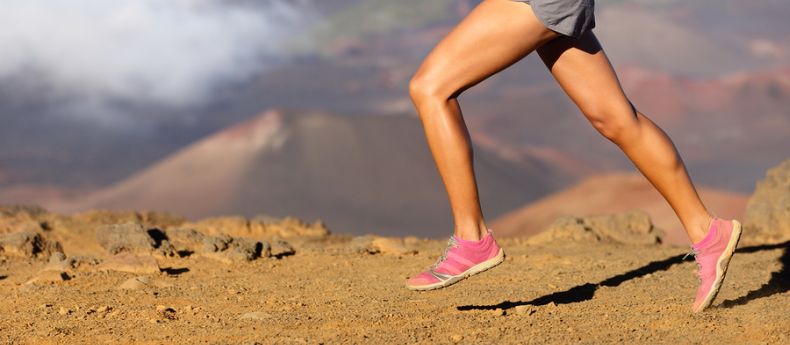
How to Choose the Right Shoes for Your Feet
Shoe culture in Asia is influenced by the West. This is a recent development, something that has happened only in the last generation. My grandmother wore Japanese ‘geta’ (a kind of wood platform shoes). The Chinese also have traditional footwear. Previously, people in Asia didn’t have a lot of choice when it came to what to wear on their feet.
As an orthopedic surgeon, I take an interest in my patients’ shoes. It’s surprising but many people don’t realize how important their shoes are to their physical health. For example, some young women come to me complaining of acute back pains, but walk into the clinic wearing high-heel shoes! I have also seen young girls with painful bunions, because they habitually wear pointy, tight shoes.
What kind of foot do you have?
Have a careful look at the shape of your foot. Is your big toe the longest of all the toes? Is it longer than the second toe? If so, you have the so-called ‘Egyptian’ type of foot. Is your great toe shorter than your second toe? In other words, is your second toe the longest? If so, you have the ‘Greek’ type of foot. Alternatively, if your great toe and second toe (and sometimes the third toe) are all the same length, your foot is the ‘square’ type. Whether you like it or not, whether it seems fashionable or not, you should choose shoes that follow the same shape as your foot.
How healthy are your feet?
Do you have any hardened skin calluses? Are your toes bent? Can you see any changes in skin color? If you have some of these problems, they are generally caused by ill-fitting shoes that put too much pressure on your feet, or rub against them.
Good shoes should be comfortable to wear
A shoe has three sections– front, middle, and back. In the front part, all your five toes need to be free to move around, so there has to be adequate space. If the front is too small, your toes will become bent. The result is called a hammer toe, with side pressure causing bunions. While free space is important in the front, the middle section has to support the foot. Good arch support in particular is necessary. Preferably this should be adjustable. In the back section, we have the heel. Heel height should be no more than 5cm, and there should be a wide, stable base.
Pay attention to the soles: hard, anti-slip soles are good. Female heel bones are smaller than male ones. The curve of the shoe heel should correspond with the heel bone. Personally, I also recommend using a good pair of socks. There are socks for walking with anti-shock features, with different supports for different parts of the foot. Some socks have 5-toe separations.
High-heel shoes
Let’s talk about high-heeled shoes. Everything about them is contrary to the principles of comfortable shoe design, so I’d guess no orthopedic surgeon will approve of them! Nevertheless, I’ve heard some highly-motivated ladies can practice wearing them, without too much pain or damage. If you really want to wear high-heels, three things are necessary:
- Stand up straight, with your head up
- Keep your abdominal muscles taut and pull back your stomach to put your body weight onto your heels
- Walk heel to toe with a slightly exaggerated hip sway, rather than ‘mince’ around on the ball of your foot.
So if you really want to wear high heels, and are willing to practice to develop the right muscles, I’m not absolutely against wearing them. I’ve even heard that they have high-heel women’s races in Russia!
Shoe shape matters
There are also many badly-made, flat, slip-on shoes as well. As we gets older, the arch of the foot flattens. That’s why many of us start to prefer wearing wider shoes. As your feet become flatter, the joints in your foot and head of the bone receive more pressure than before. You can try to strengthen your foot muscles in order to avoid this tendency, but to some extent it is unavoidable.
Pay attention to the shoe shape, especially the shape of insoles. Many special insoles are now sold, and there is a wide variety to choose from. Depending on your foot shape for example, you can find ones designed for longitudinal arch support, metatarsal support, with special heel pads, or for many other types of foot support. Of course, you will need to change your shoes according to your activity, so it’s not just a matter of shape. Keep in mind what kinds of activities you’ll be doing, and how that activity will impact the pressures on your feet.
There are innovative companies, especially in Europe, that are making different kinds of healthy shoes (For example, Birkenstock, Ecco, FitFlop, Inov8, MBT). While their theoretical approaches vary andthere isn’t one simple answer to good shoe design, if you find the right kind of shoes for you, it will help you avoid painful feet — and orthopedic surgery!
Copyright United Family Healthcare 2014 All right reserved - 京卫网审[2014]第1927号 - 京ICP备13017554号-4
深圳新风和睦家医院 广审号:粤(B)广[2024]第09-10-1049号

